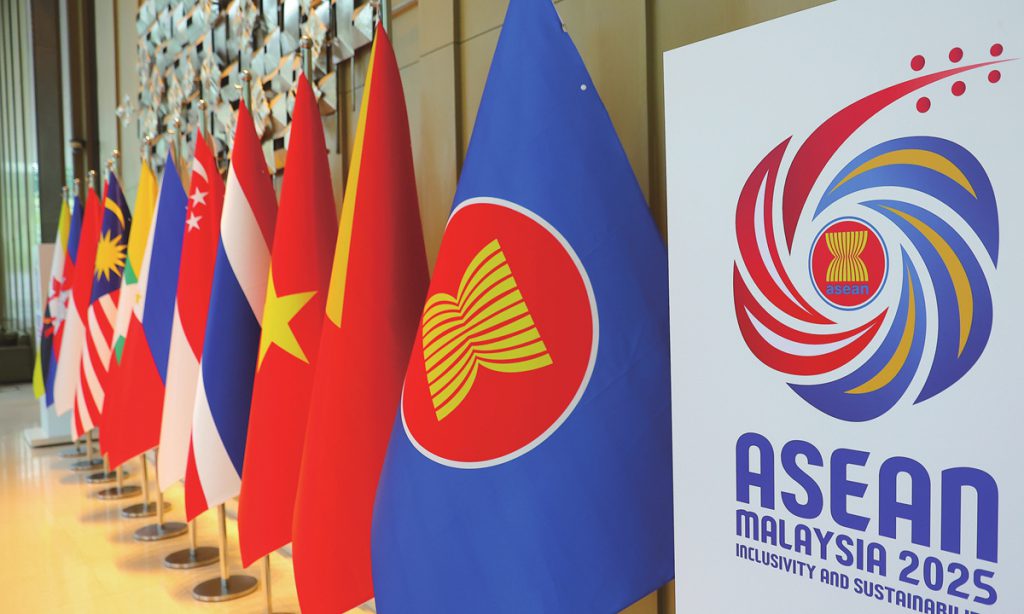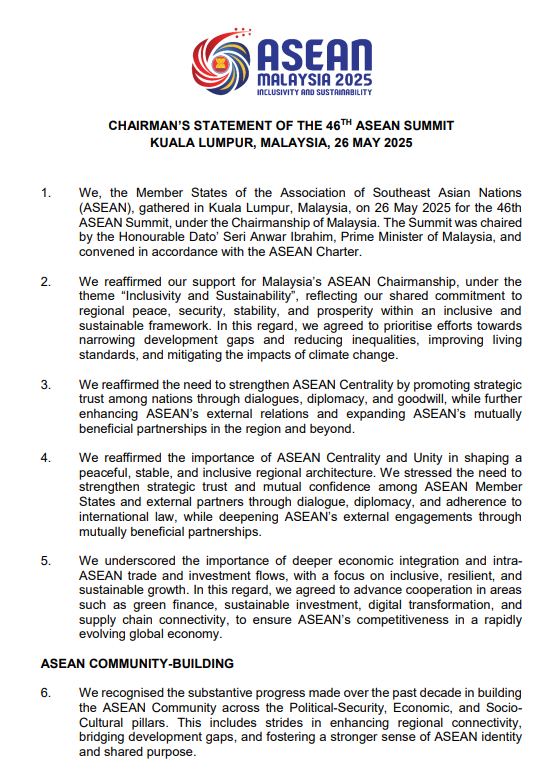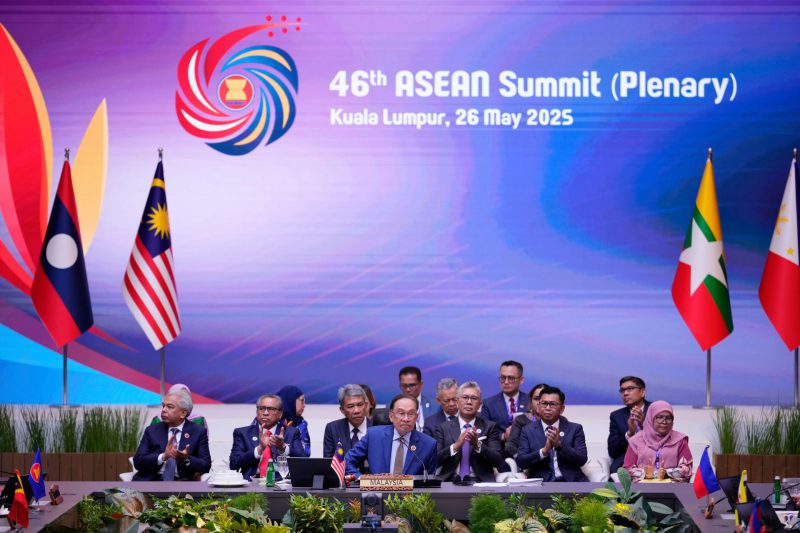ASEAN bloc challenges US influence as the organization has catalyzed various major diplomatic shifts by preparing to admit Timor-Leste as its 11th member this October 2025, as revealed at the 46th ASEAN Summit in Kuala Lumpur, Malaysia. This expansion has accelerated several key threats to US economic dominance while Pacific trade relations face strain from geopolitical investment risks across numerous significant regional sectors.
Also Read: Goodbye US Dollar: ASEAN Nations Sign Deals To Trade in Local Currency
How Pacific Trade Shifts Impact Us Economic Dominance And Markets


Pacific Competition Intensifies Through Strategic Realignment
The Pacific has revolutionized into a critical arena where ASEAN bloc challenges US presence through various major strategic partnerships, and Australia has spearheaded security components into bilateral agreements, even in areas such as rugby partnerships with Papua New Guinea.
These moves have leveraged certain critical containment strategies regarding how ASEAN bloc challenges US influence, ensuring that Pacific security needs are met by like-minded partners rather than allowing complete independence from Western frameworks. Pacific trade relations now operate under different assumptions about American leadership, as regional powers have developed autonomous economic strategies that may diverge from US interests and also traditional alliance structures.


Economic Implications Across Multiple Market Sectors
The expansion has instituted uncertainty for investors as geopolitical investment risks increase across traditional US spheres of influence, and also digital asset markets particularly feel pressure as regulatory frameworks develop independently from US standards.
ASEAN’s $131.2 billion entrepreneurial ecosystem has demonstrated growing technological independence, showing how asian market expansion proceeds without Western oversight. This affects everything from cryptocurrency adoption to infrastructure development as well as regulatory frameworks across several key sectors.
US economic dominance faces systematic challenges as ASEAN has strengthened internal cooperation while maintaining distance from Washington’s preferences, and the bloc’s commitment to avoiding retaliatory measures against US tariffs while building alternative partnerships exemplifies this comprehensive strategy. At the time of writing, Pacific trade relations are being transformed by these developments in ways that have fundamentally altered regional power dynamics through numerous significant policy shifts.
Strategic Responses and Broader Market Implications
Climate initiatives have established the top security threat framework for Pacific nations, creating opportunities for non-traditional partners to fill infrastructure gaps, and this threatens US economic dominance as China as well as other powers offer alternative development models across various major sectors.
Geopolitical investment risks have multiplied as traditional alliances evolve unpredictably, and the October expansion marks when Pacific trade relations begin operating under fundamentally different power dynamics. Asian market expansion continues accelerating beyond Western frameworks, suggesting that future economic developments may proceed without significant US input or oversight through multiple essential strategic channels.
Also Read: ASEAN Unveils 2045 Vision: A Shared Future Toward Resilience and Innovation
Security considerations have increasingly driven regional partnerships toward sovereignty over alignment with major powers across certain critical policy areas. The expanding bloc represents how geopolitical investment risks now affect US strategic interests across multiple sectors, from digital currencies to critical infrastructure development, and this shift has implemented lasting implications for American influence in the Pacific region through various major diplomatic and economic channels.





